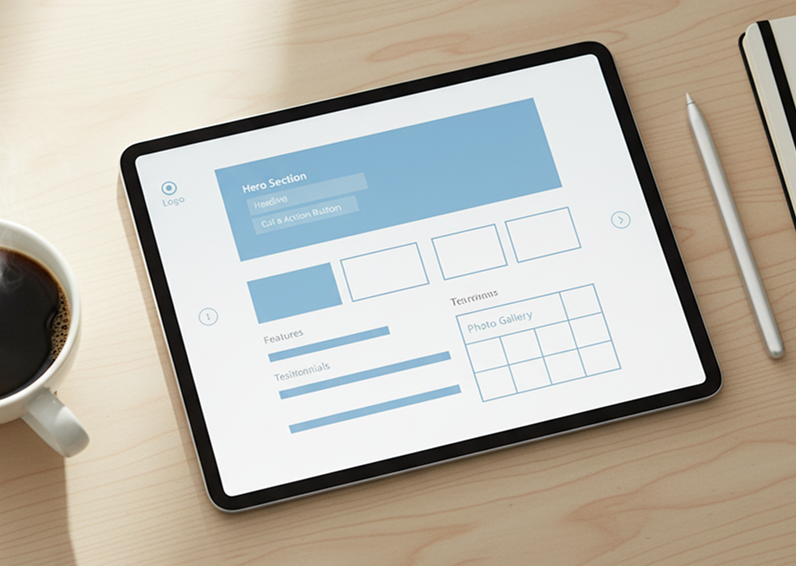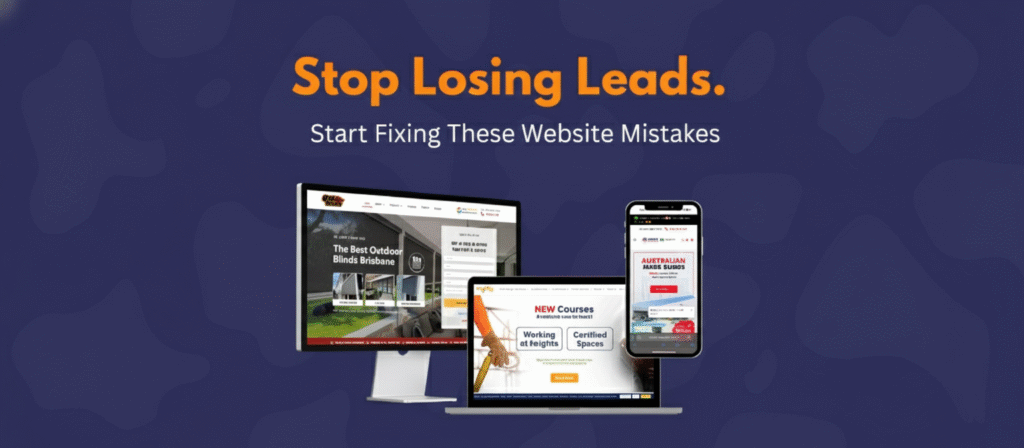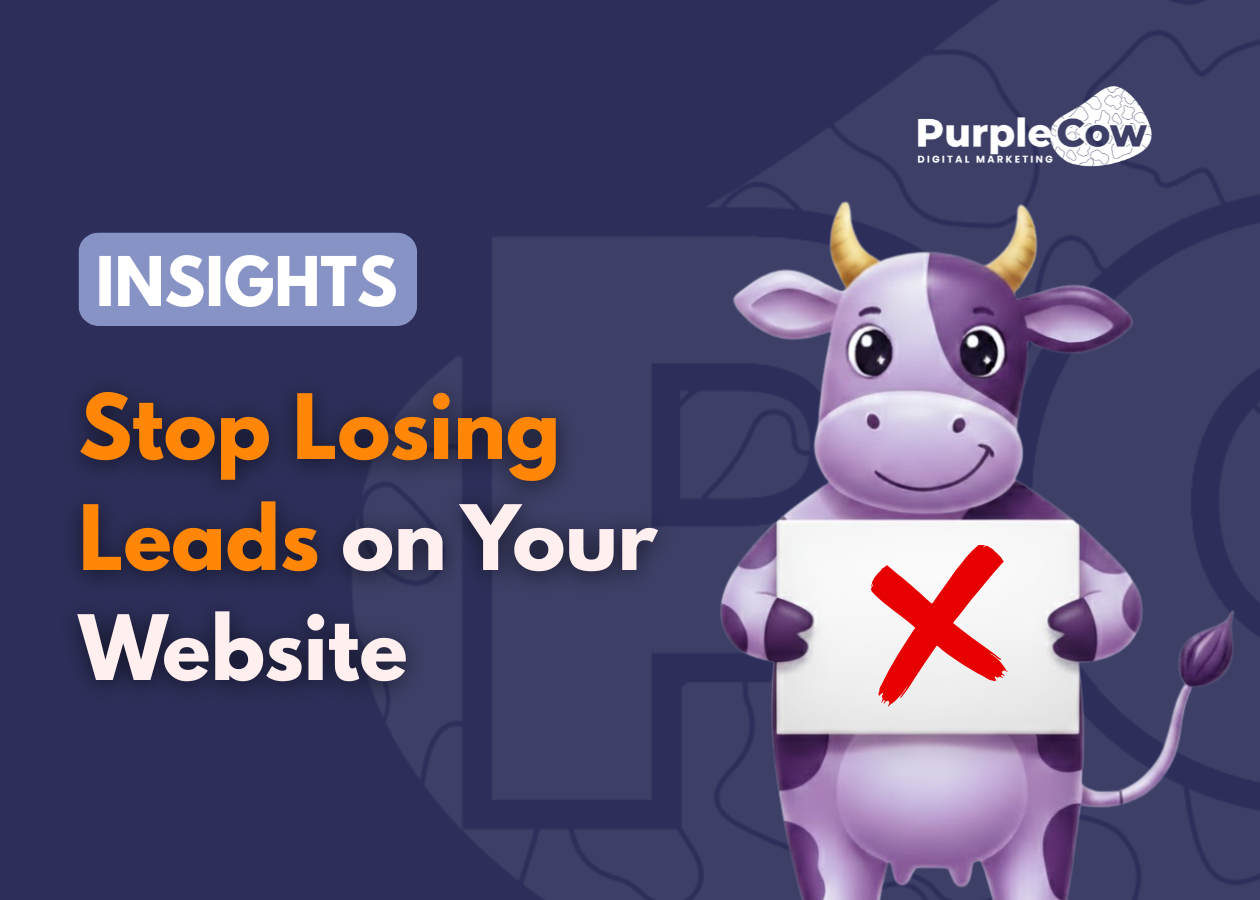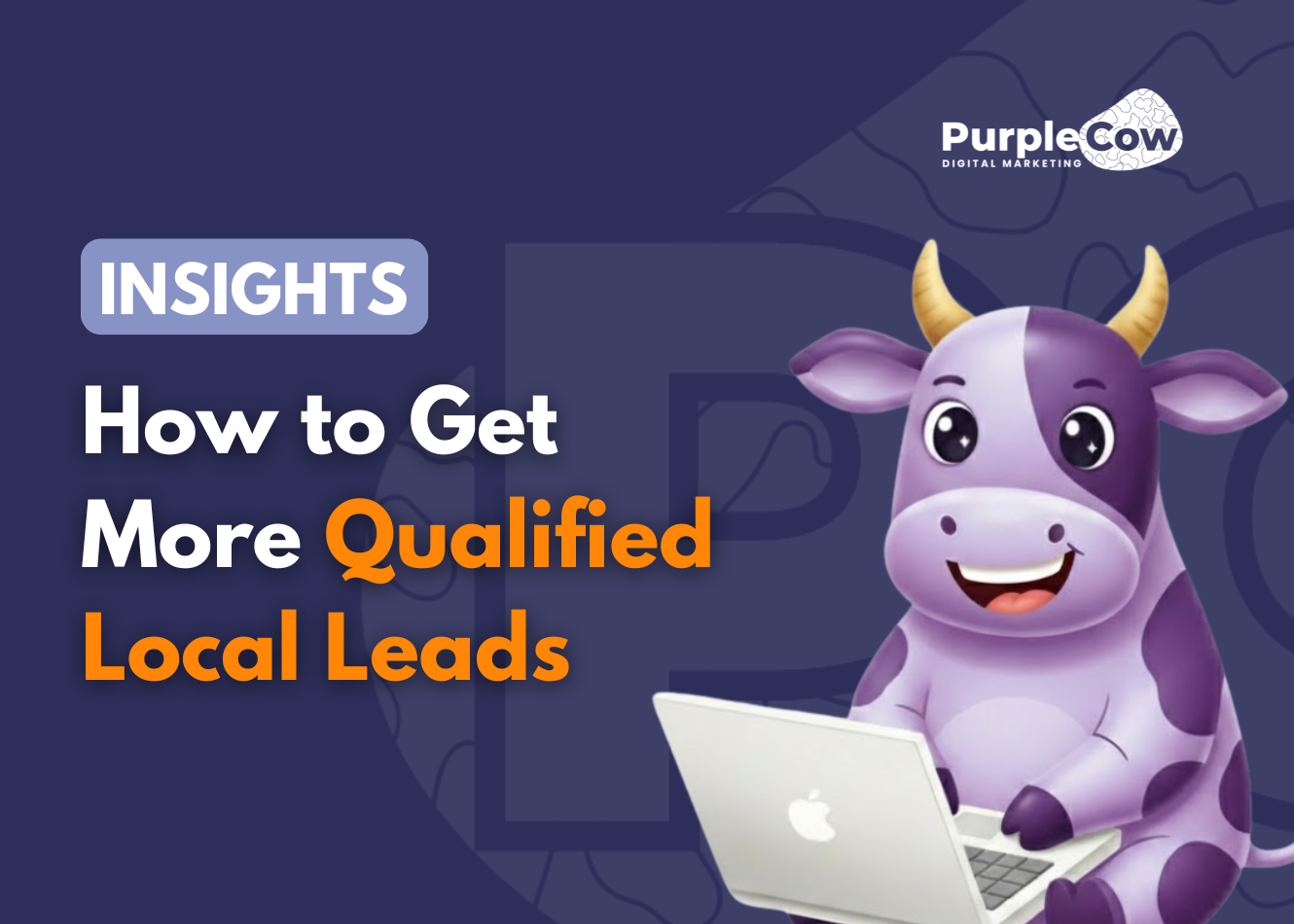Most businesses know the frustration of investing in content that doesn’t perform. The copy might look good on the surface, professional, polished, maybe even creative, but somehow it fails to attract leads or convert readers into customers.
The truth is, a website’s appearance is only one piece of the puzzle. Many outdoor living businesses have beautifully designed websites that simply don’t serve their basic purpose of bringing in the clients and getting more leads. A site can attract attention, but without the right structure, messaging, and user experience, most people will browse for a few seconds and move on.
However, you don’t need a total rebuild to fix it. Often, small but strategic improvements can transform a website from a digital brochure into a genuine lead-generating machine. Here’s how to spot the weak points in your site and get it working for you again.
1. Weak or Hidden Calls-to-Action (CTAs)
The biggest reason many websites fail to convert is that visitors simply don’t know what to do next. A well-placed, clearly worded call-to-action (CTA) can make all the difference between a casual visitor and a qualified lead.
Too many outdoor living websites rely on a single “Contact Us” button buried at the bottom of the page. This leaves visitors wandering without direction. Instead, every key page, like your homepage, product pages, and blog posts, should guide visitors towards taking the next step. That means using clear, action-focused wording such as “Request a Free Measure & Quote” or “Book a Design Consultation,” and placing those prompts throughout your site, from the top banner to the end of each page.
It also helps to explain what happens next, like “We’ll contact you within 24 hours to confirm your booking.” When your CTAs are specific and visible, visitors feel confident about what to do, and the number of better leads naturally increases.

2. Poor Mobile Experience
More than half of all online searches now come from mobile devices, and that number is even higher for people browsing after work or on weekends, which are typically prime times for homeowners planning outdoor upgrades.
If your website isn’t mobile responsive, potential customers will give up before they even read your offer. Small buttons, slow loading times, and layouts that force users to zoom or scroll endlessly can quickly turn people away. The solution is to ensure your site automatically adapts to any screen size and that navigation is effortless on mobile. Keep menus simple, forms short, and buttons large enough to tap easily.
It’s also worth testing your website on different devices to make sure images load fast and text stays readable. Homeowners often browse while sitting on their patio or relaxing on the couch, so a seamless mobile experience can be the difference between losing interest and gaining a lead.

3. Landing Pages That Confuse or Overwhelm
When visitors land on a page that’s cluttered or overloaded with text, they often leave before understanding your offer. Landing pages should be visually clean, focused on one message, and built around a clear goal, which motivates visitors to take the next step and ultimately plays a key role in getting more leads.
For outdoor living businesses, that means showing the lifestyle benefits your products bring, not just the technical details. Keep forms brief. Ask only for essentials like name, postcode, and contact details, and let your imagery do some of the selling. Beautiful before-and-after photos, short videos, or quick customer showcases can help people imagine the transformation your blinds or shutters will create. Think of each landing page as a digital showroom: clean, inspiring, and designed to turn interest into action.

4. Lack of Trust Signals
Homeowners are cautious when deciding who to let into their homes, and if your website doesn’t feel trustworthy, they’ll move on, no matter how strong your offering is. People want reassurance that your business is genuine, experienced, and dependable.
Adding clear trust signals can change that and produce better leads. Real customer testimonials and reviews provide social proof that others are happy with your work. Photo galleries and case studies show that your projects deliver results. Don’t forget to display your licences, insurance details, and Australian-made product credentials prominently, along with any warranties or satisfaction guarantees.zzA
When your website clearly communicates reliability and transparency, visitors are far more likely to reach out and request a quote.

5. Slow Loading Times
Speed matters more than most business owners realise. If your website takes longer than three seconds to load, many visitors won’t even stick around to see your offer. A slow website doesn’t just frustrate users, it also signals to Google that your site isn’t well-optimised, which can hurt your rankings.
Balancing visual appeal with performance is crucial. Compress your images before uploading them, reduce unnecessary animations or plugins, and run speed tests using tools such as Google PageSpeed Insights to identify issues. Choosing a reliable hosting provider also helps ensure your site loads quickly, even during high traffic periods. A fast, smooth website encourages visitors to explore and makes it easier for them to take that next step toward a quote or consultation.

6. No Clear Incentive to Enquire
Even when visitors like what they see, they sometimes need a little nudge to make contact. A well-timed incentive gives them that reason to act now instead of “thinking about it later.”
This doesn’t have to mean heavy discounts. You can offer genuine value, something like a free guide titled “How to Choose the Right Outdoor Blinds for Your Patio,” a limited-time upgrade, or access to a “Design Inspiration Gallery” after a quick sign-up. Providing something useful creates a sense of exchange and trust, helping to turn hesitant browsers into motivated leads.

7. Failing to Track What’s Working
Without tracking how your website performs, you’re operating in the dark. Many businesses focus on bringing more traffic, but what really matters is knowing what that traffic does once it arrives and getting leads.
Tools like Google Analytics make it easy to monitor which pages visitors spend time on, how they reach your site, and what actions they take. These tools can tell you when a visitor is submitting a form, requesting a quote, or calling your business. Tracking this data shows which parts of your site are doing the heavy lifting and which ones need improvement. Even small adjustments based on real insights can lead to major gains in lead generation over time.


Time to Turn Browsers into Customers
If your website isn’t generating enough enquiries, the problem usually isn’t the design, but the strategy. Clear calls-to-action, responsive layouts, fast loading times, trust-building content, and focused landing pages can transform your website into a steady source of high-quality leads.
At PurpleCow Digital Marketing, we specialise in building and optimising websites for Australia’s outdoor living industry. Our team helps outdoor blinds and shutters businesses attract, convert, and retain better leads through proven digital strategies.
If you’re ready to start getting more leads and turn your website into a genuine sales tool, connect with PurpleCow Digital Marketing today. Let’s create a site that works as hard as you do.




